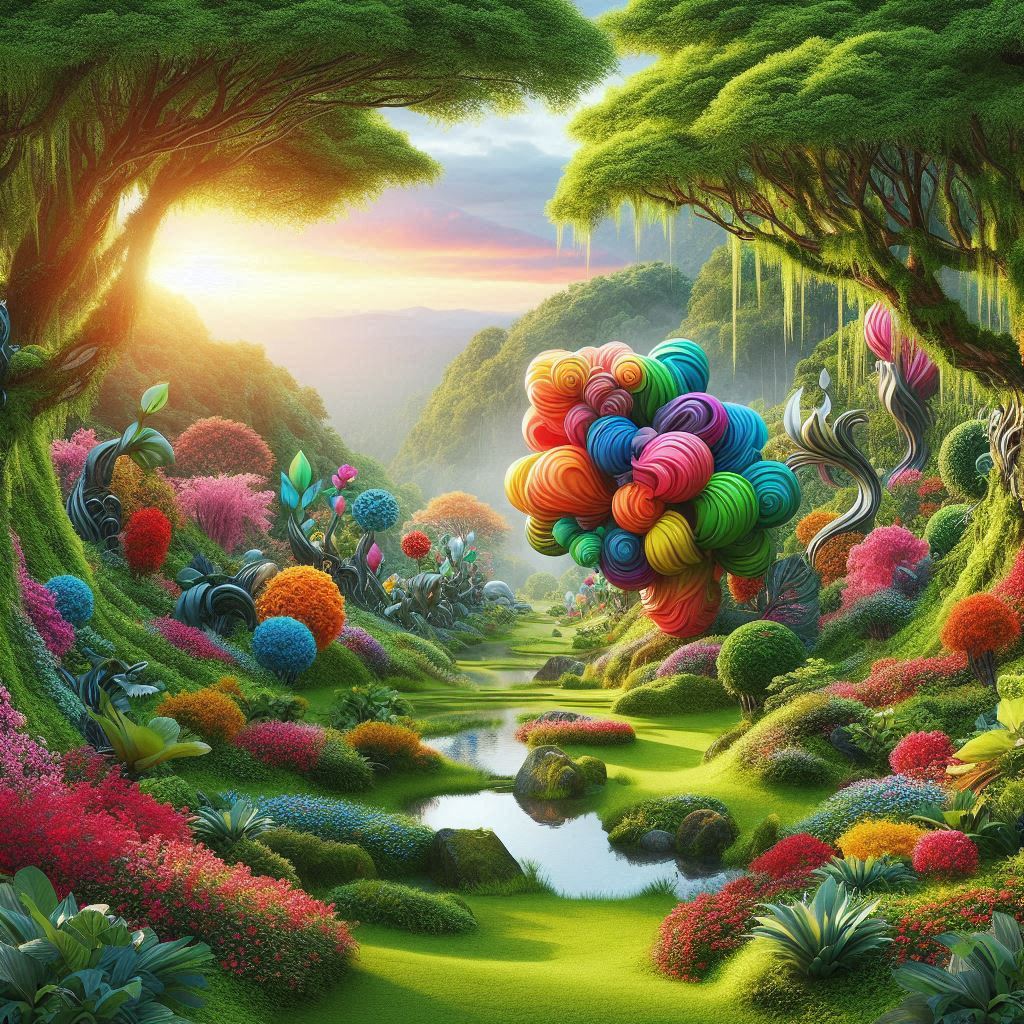Where Nature Meets Art is an exploration of the intricate relationship between the natural world and artistic expression. This intersection not only compels us to appreciate the beauty surrounding us but also inspires profound reflections on the human experience. As we delve into this captivating theme, we shall uncover the myriad ways in which nature has influenced and shaped art across various cultures and epochs.
The Harmony of Natural Inspiration
The harmony of natural inspiration serves as a foundation for countless artistic endeavors. Artists throughout history have looked to the wilderness, landscapes, flora, and fauna as sources of motivation and creativity. From the vivid colors of a sunset to the intricate patterns of a leaf, nature provides an endless palette for artistic expression.
Nature’s Palette
Nature’s palette is rich and diverse, offering a spectrum of colors and textures that ignite the imagination. The vibrant hues of a summer meadow can be translated into a breathtaking painting, while the delicate lines of a spider’s web can inspire intricate sculptures. Artists like Claude Monet and Vincent van Gogh have famously drawn upon the beauty of the outdoors, capturing the ephemeral qualities of light and movement in their respective works. Their masterpieces invite viewers to experience the world through a lens of wonder and appreciation.
Cultural Reflections
Cultural reflections in art often mirror the relationship societies have with their natural environments. Indigenous cultures, for example, frequently incorporate elements of nature into their art, celebrating the connection between their identity and the land. Totems, masks, and pottery often tell stories of creation, spirituality, and the environment’s significance. This symbiosis between art and nature promotes a deeper understanding of cultural heritage, as well as a sense of responsibility for the natural world.
Nature as a Source of Contemplation
Nature stands as a profound source of contemplation for artists and audiences alike. The serenity of a quiet forest, the vastness of a mountain range, or the rhythm of ocean waves can evoke introspection, leading to a deeper understanding of life and existence.
Meditative Landscapes
Meditative landscapes often serve as a backdrop for reflection and peace. Artists like Caspar David Friedrich and Georgia O’Keeffe have utilized expansive natural scenes to evoke feelings of solitude and transcendence. Their works remind us of the importance of pausing, observing, and connecting with our surroundings. Engaging with such art encourages viewers to find solace in nature’s embrace, fostering a sense of calm amidst the chaos of modern life.
The Cycle of Life
The cycle of life is a recurring theme in art inspired by nature. The changing seasons, the growth and decay of plants, and the migration of animals all symbolize the transient nature of existence. Artists often depict these cycles as a reminder of our own impermanence and the beauty found in fleeting moments. The works of artists like Andy Goldsworthy, who uses natural materials to create ephemeral installations, challenge us to appreciate the present and recognize the beauty in change.
Conclusion: A Lasting Connection
In conclusion, Where Nature Meets Art encapsulates a profound and enduring connection that enriches both realms. The interplay between the two not only enhances artistic expression but also deepens our appreciation for the world we inhabit. As we navigate through life, let us carry with us the lessons learned from this synergy, recognizing the beauty in both nature and art as reflections of our shared humanity. Embracing this connection can lead to a more harmonious existence, where creativity flourishes, and the natural world is cherished.
